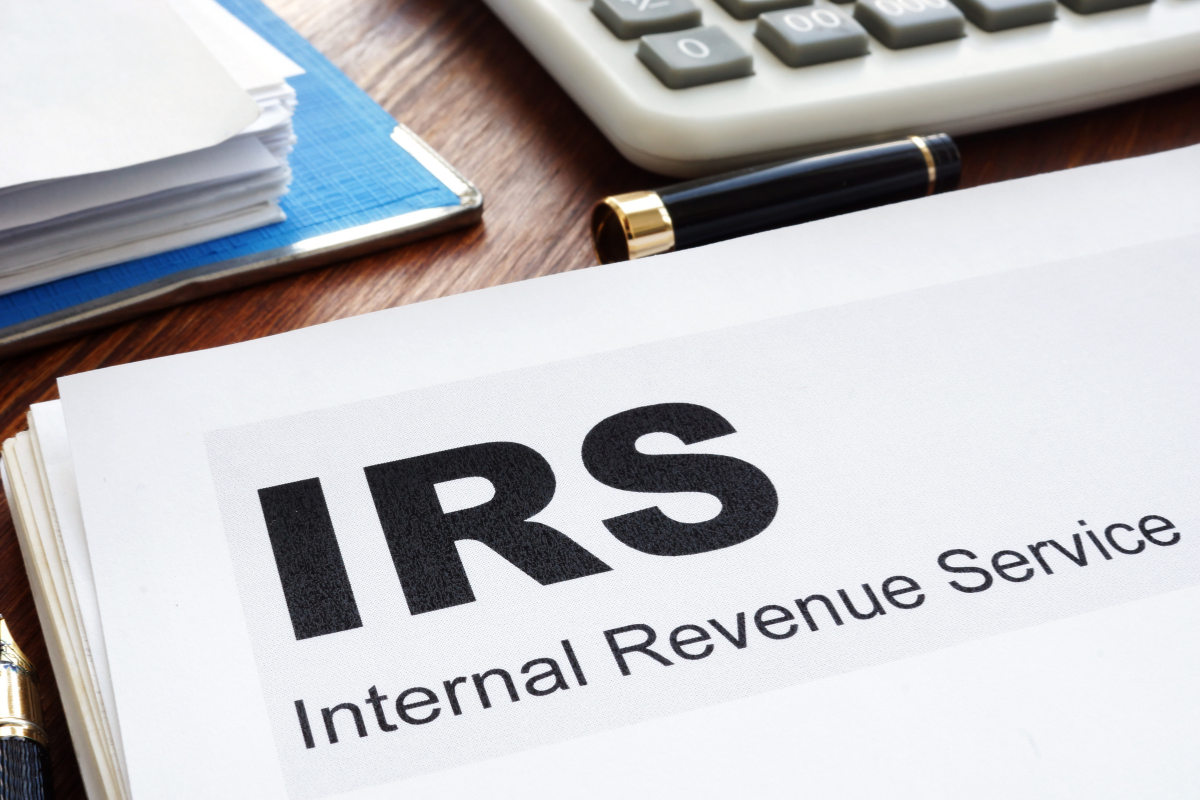Real estate investing has its fair share of strategies to maximize gains and minimize taxes. One such strategy is the reverse 1031 exchange.
This is a powerful tool for savvy investors looking to defer capital gains tax on property transactions.
But what is a reverse 1031 exchange, and how does it differ from its more traditional counterpart?
Let’s break it down in this article.
Post Contents
- 1 What Is A 1031 Exchange?
- 2 What Is A Reverse 1031 Exchange And How Does It Work?
- 3 Identifying The Replacement Property
- 4 The Role Of A Qualified Intermediary (QI)
- 5 Timing and Deadlines
- 6 Closing The Exchange
- 7 Advantages Of A Reverse 1031 Exchange
- 8 Preservation Of Investment Capital
- 9 Greater Flexibility And Control
- 10 Tax Deferral Benefits
- 11 Is A Reverse 1031 Exchange Right For You?
- 12 Understanding The Basics
- 13 Mechanics Of A Reverse 1031 Exchange
- 14 Benefits of Reverse 1031 Exchange
- 15 Considerations and Challenges
- 16 Professional Guidance
- 17 Conclusion
- 18 Exploring Reverse 1031 Exchange
What Is A 1031 Exchange?
A 1031 exchange is a transaction in which an investor can defer capital gains tax on the sale of investment property by reinvesting the proceeds into another similar property.

The key here is that it must be a “like-kind exchange.” This means the replacement property should be similar in nature or character, regardless of quality or grade, to the property being sold.
What Is A Reverse 1031 Exchange And How Does It Work?
Unlike the standard 1031 exchange, where the old property is sold before acquiring a new one, a reverse 1031 exchange flips the order.
You purchase your new property first, then sell the old one. Here’s a simplified step-by-step process:
Identifying The Replacement Property
You pinpoint the new investment property you wish to acquire first. This property is known as the “replacement property.” It must be identified within 45 days of selling your old property.
The Role Of A Qualified Intermediary (QI)
A qualified intermediary steps in to hold the title of your identified property. This is because IRS rules prohibit you from having the titles of both the old and new properties simultaneously during the process.
Timing and Deadlines
The reverse exchange must adhere to strict timelines. Once the new property is parked with the QI, you have 45 days to identify the property you will sell. You also have up to 180 days to complete the sale and finish the exchange.
Closing The Exchange
After selling the old property, the proceeds go to the QI. They will then facilitate the purchase of the replacement property, completing the reverse exchange.
Advantages Of A Reverse 1031 Exchange
So why opt for a reverse 1031 exchange over the traditional one? Here are some potential benefits:
Preservation Of Investment Capital
By acquiring the new property first, you can avoid the risk of not finding a suitable replacement property within the 45-day identification period.
Greater Flexibility And Control
A reverse exchange allows you to purchase your desired replacement property first. This gives you more control over the timing and quality of your investments.
Tax Deferral Benefits
Much like a conventional 1031 exchange, the reverse exchange enables you to postpone the payment of capital gains tax stemming from the sale of your former property. This can result in significant tax savings and increased cash flow for future investments.
Is A Reverse 1031 Exchange Right For You?
A reverse 1031 exchange can be a valuable tool for investors looking to defer capital gains tax on the sale of their investment properties.
However, consulting with a qualified intermediary and tax advisor before making any decisions is important.
You can also explore a host of resources like this one at startanexchange.com to learn more about your options. This will help you get a better grasp on reverse exchanges.
Understanding The Basics
A 1031 Exchange, often known as a like-kind exchange, allows real estate investors to defer capital gains taxes by reinvesting the proceeds from the sale of one property into another.
The Reverse 1031 Exchange, however, flips this process. In a Reverse 1031 Exchange, an investor acquires a replacement property first, followed by the sale of the relinquished property.
Mechanics Of A Reverse 1031 Exchange
Establishing an Exchange Accommodation Titleholder (EAT)
To comply with IRS regulations, investors typically engage a qualified intermediary to act as an Exchange Accommodation Titleholder (EAT).

The EAT holds legal title to either the relinquished or replacement property during the exchange process.
Identifying The Replacement Property
The investor identifies and acquires the replacement property before selling the relinquished property.
This can provide a strategic advantage in a competitive market or when dealing with unique investment opportunities.
Timing Considerations
The IRS imposes strict timelines for completing a Reverse 1031 Exchange. The investor must identify the relinquished property within 45 days of acquiring the replacement property and complete the entire exchange within 180 days.
Benefits of Reverse 1031 Exchange
Strategic Property Acquisition
Investors can seize lucrative investment opportunities without the pressure of selling an existing property first. This flexibility is especially advantageous in a fast-paced real estate market.
Market Timing
Investors can time their property sales to align with favorable market conditions, potentially maximizing profits.
Tax Deferral
Like the traditional 1031 Exchange, the Reverse 1031 Exchange allows investors to defer capital gains taxes, providing them with more capital for reinvestment.
Considerations and Challenges
Strict IRS Compliance
The IRS has specific guidelines that must be strictly adhered to during a Reverse 1031 Exchange. Any deviation can jeopardize the tax-deferred status of the transaction.
Financial Requirements
Engaging in a Reverse 1031 Exchange may require significant financial resources, as investors need to acquire the replacement property before selling the relinquished property.
Professional Guidance
Due to the complexity and potential risks, investors are strongly advised to seek guidance from qualified professionals, including tax advisors, real estate attorneys, and qualified intermediaries.
Conclusion
A Reverse 1031 Exchange can be a strategic tool for real estate investors looking to enhance flexibility, optimize their portfolio, and defer capital gains taxes.
However, it requires a thorough understanding of IRS regulations, careful planning, and the support of experienced professionals to navigate successfully.
As with any investment strategy, investors should conduct thorough due diligence and consider their unique financial goals and circumstances before embarking on a Reverse 1031 Exchange journey.
Exploring Reverse 1031 Exchange
Understanding what is a reverse 1031 exchange is crucial for investors looking to defer capital gains taxes and optimize their real estate portfolio.
The flexibility and benefits of this exchange make it a smart option for those seeking to maximize their investments.
So don’t miss out on the benefits of a reverse 1031 exchange! Start exploring your options today! Happy investing! Was this article helpful? For more valuable insights, check out the rest of our site.






























